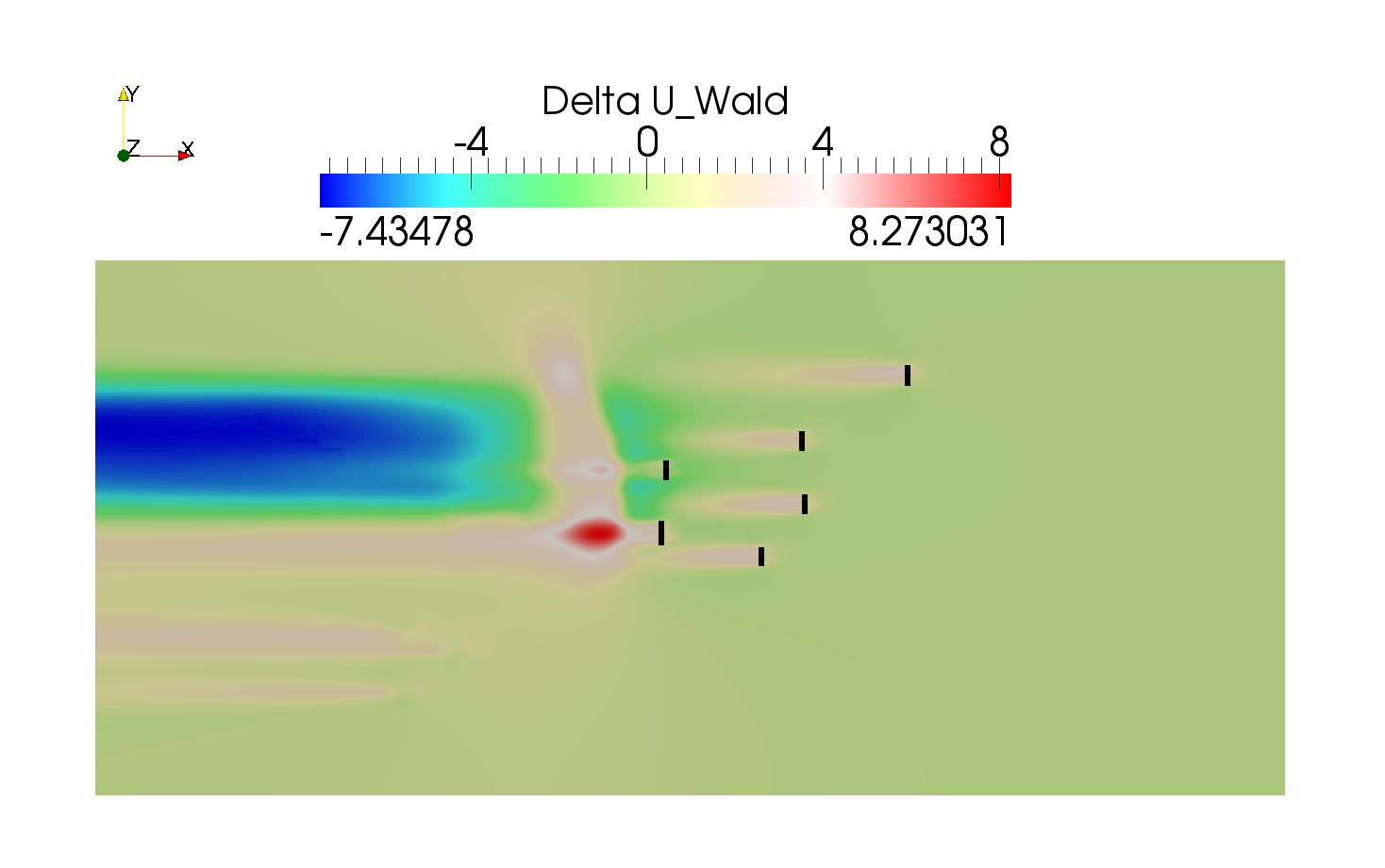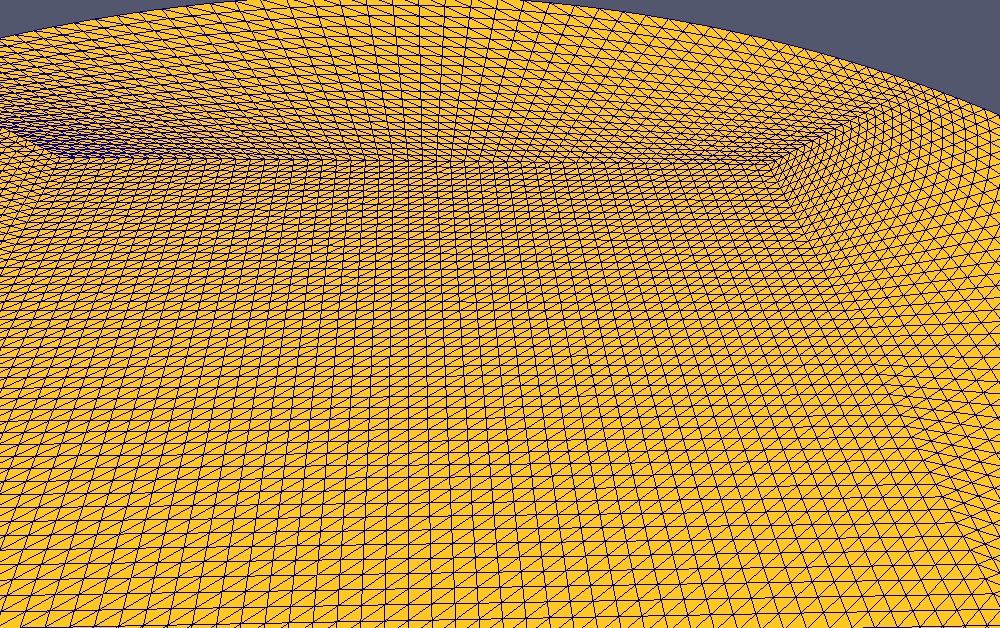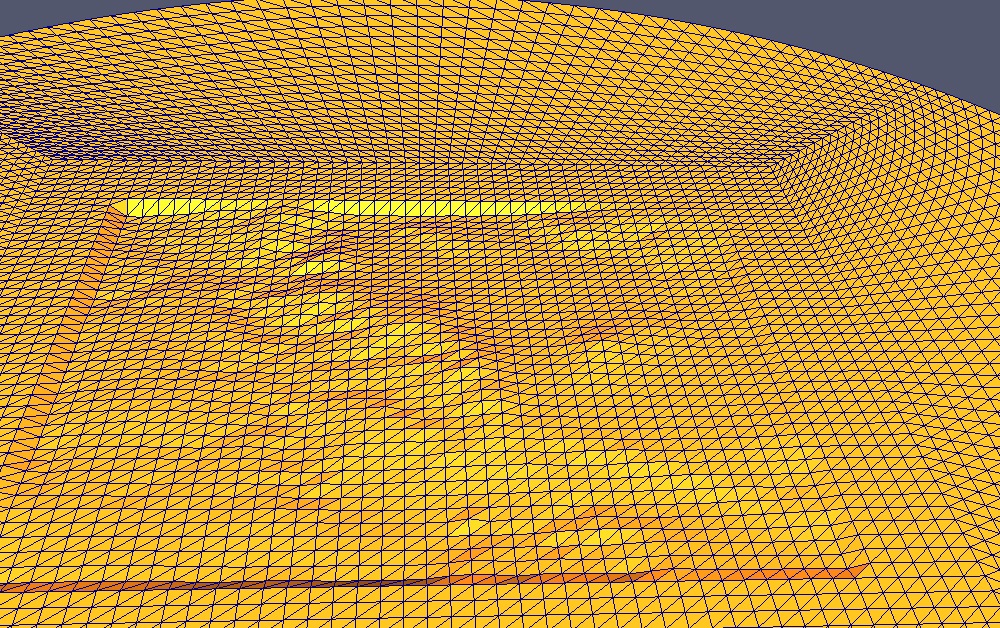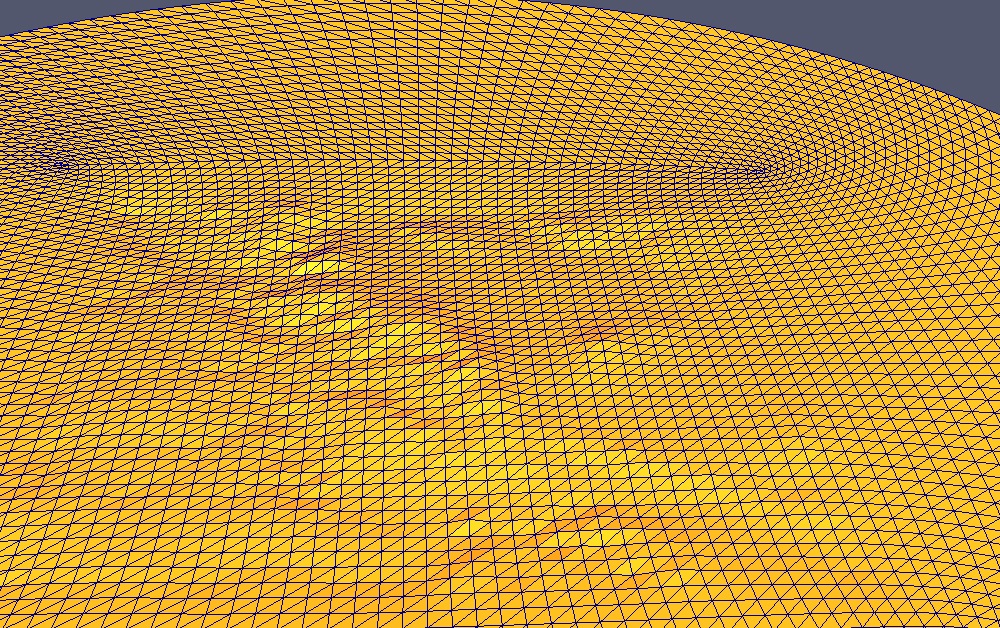2016
Development and application of a grid generation tool for aerodynamic simulations of wind turbines
Rahimi, H.; Daniele, E.; Stoevesandt, B.; Peinke, J.
(Journal article)
Wind engineering 40 (2016), Nr.2, S.148-172
Link Fraunhofer Publica
2015
Combined structural optimization and aeroelastic analysis of a Vertical Axis Wind Turbine (Conference contribution)
Roscher, B.; Ferreira, C.S.; Bernhammer, L.O.; Madsen, H.A.; Griffith, D.T.; Stoevesandt, B.
American Institute of Aeronautics and Astronautics -AIAA-, Washington/D.C.:
33rd Wind Energy Symposium 2015. Vol.1 : Kissimmee, Florida, USA, 5 - 9 January 2015; held at the AIAA SciTech Forum 2015
Red Hook, NY: Curran, 2015
S.333-342
Link Fraunhofer Publica
The impact of wake models on wind farm layout optimization (Conference contribution, journal article)
Schmidt, Jonas; Stoevesandt, Bernhard
Journal of physics. Conference series 625 (2015), Art.012040, 10 S.
Link Fraunhofer Publica
Numerical investigation on tower effects for downwind turbines (Abstr.); Stoevesandt, B.; Habib, F.; Mehra, B.; Rahimi, H.; Peinke, J.
UL International GmbH, Wilhelmshaven:
DEWEK 2015. Book of abstracts : 12th German Wind Energy Conference, 19/20 May 2015, Bremen, Germany
Bremen, 2015
S.90
Link Fraunhofer Publica
Roof region dependent wind potential assessment with different RANS turbulence models (Journal article)
Toja-Silva, F.; Peralta, C.; Lopez-Garcia, O.; Navarro, J.; Cruz, I.
Journal of wind engineering and industrial aerodynamics 142 (2015), S.258-271
Link Fraunhofer Publica
Wind farm layout optimization in complex terrain with CFD wakes (Conference contribution); Schmidt, J.; Stoevesandt, B.
Paper presented at EWEA 2015, Europe's Premier Wind Energy Event, 17 - 20 November 2015, Paris, France
Link Fraunhofer Publica
Wind power energy in Southern Brazil: Evaluation using a mesoscale meteorological model (Journal article, conference contribution)
Krusche, Nisia; Peralta, Carlos; Chang, Chi-Yao; Stoevesandt, Bernhard
Energy Procedia 76 (2015), S.164-168
Link Fraunhofer Publica



